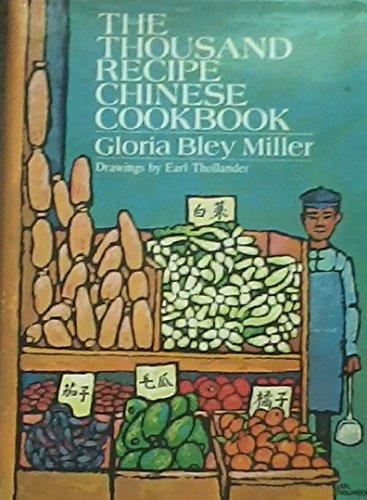I like Chinese and Asian food. I could probably eat it every day. It is one of the sad things. The Chinese buffet has killed most good Chinese restaurants.
One of the great things about living in University City. Asian is more than Chinese. For that matter, Chinese is more than Chinese. LuLu is almost all seafood. I have not tried the three places near me that barely have English on their signs. The BBQ and bakery are a blast. And to mix it up, Thai, Korean, and Vietnamese are all less than ten minutes away.
But what about at home?
Assuming you can get some basic ingredients, it is pretty easy to do Asian cooking at home.
The first thing you are going to need are some tools. A wok, if you can get it hot enough, or a skillet. A sharp knife. Long handled spoons. You do not need a wok. In fact, if you can’t get a wok hot enough, a skillet is going to work better. The key to most Asian cooking is speed and high heat. And cornstarch.
Cornstarch and water is the magic to thick, glossy Chinese sauces. Mix a tablespoon of corn starch and two tablespoons cup of cold water in a small measuring cup. Mix it thoroughly. It may look like watery paste. That is about what you are looking for.
Almost every recipie I have includes the following:
- Celery
- White Onion
- Green Onion tops
- Chicken stock (possibly beef, shrimp, or vegetable)
- Soy Sauce
- Sugar
- Ginger
- Rice Wine
Ground ginger will be in the spice isle. I like ginger. I use about twice what a recipe calls for. Fresh ginger comes in a root. Most places will sell you a knob. Look at the roots in the bin. Are some missing a chunk? Someone has already bought 50 cents worth. If you cut it into 1/4″ slices, you can freeze it in a baggie and then use it as you need it.

I go light on the sugar. A spoonfull of sugar in a dish served over rice is a lot of carbs if you are watching your carbs.
Chinese cooking wine, or any cooking wine is going to have a bunch of salt in it. A whole bunch. Get some regular white wine. A bottle cheap enough to put in a sauce and expensive enough to drink from a glass.
I am blessed, see living in U. City, above, to have several Asian markets near me. Find a good soy sauce. Low sodium is a fine choice. At the Asian market there is a row of soy sauce. At the grocery store, about five brands. Kikoman is the brand you will find in many Chinese restaurant kitchens and available almost everywhere.
I have an old (Copyright 1966), thick, 926 pages Chinese cookbook. There are a thousand recipes give or take. Coincidentally it is called The Thousand Recipe Cookbook. Light on the pictures but great of recipes and technique.
